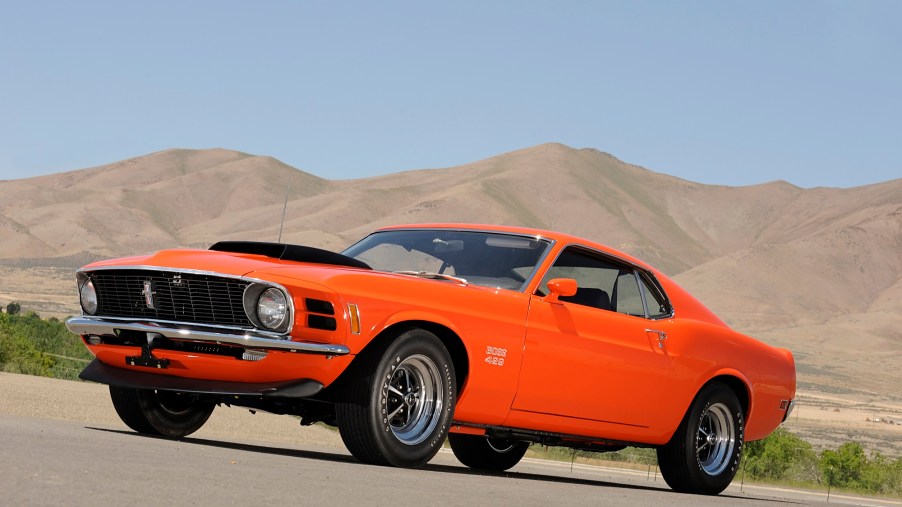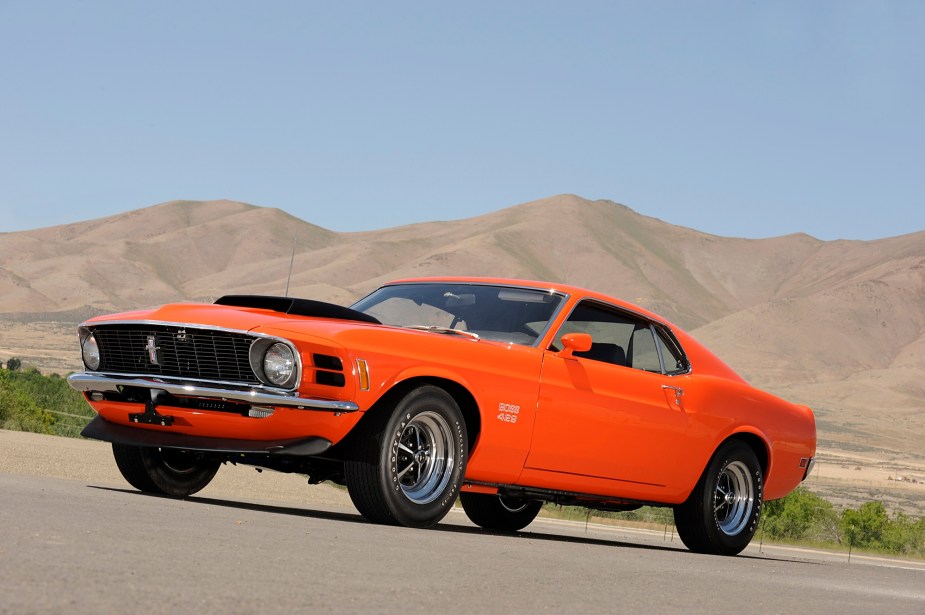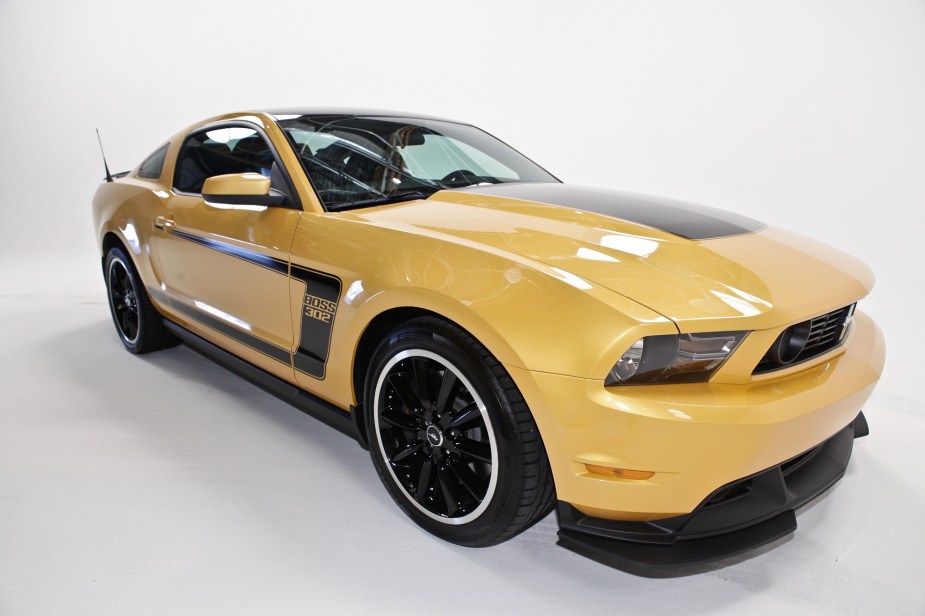
Boss Mustang: Get To Know the Brutal Boss’ Backstory
The Ford Mustang has a history of accessible performance and fun. However, Ford also saw fit to bestow special edition Mustangs on the public from time to time. Enter the Boss, a name that the marque used to inspire fear in fans of other sports cars and muscle machines throughout the decades. Here are some of the most notable adaptations of the Ford Mustang Boss name, like the Boss 429 and Boss 302.
How many Boss Mustangs are there?
Ford has produced many iterations of the “Boss” Mustang over the years. The first model derived its name from the engine it packed, namely a 429-cubic inch race-ready V8. The Boss 429 was a homologation of the race car, and soon, there was a Boss 302 and Boss 351. Under the faithful workmanship of historical figures like Larry Shinoda and Matt Donner, the first Boss Mustangs didn’t just look the part; they went like hell.

However, the early 1970s was marred by an unfortunate oil crisis that unequivocally killed the muscle car, and the Mustang II is a sober indication of those changing times. It wasn’t until the late S197 generation that the Boss would make a confident comeback. The newest Boss 302s carry the racing pedigree of the original homologation cars to modern street-stomping levels.
What was the first year of the Boss?
The first Ford Mustang Boss cars rolled off the assembly line in 1969. With bright colors and characteristic scallops, the Boss is a sight to behold. “Ford’s answer to the Z/28,” as Car and Driver called it, was an instant staple in Ford Mustang performance. The 290-horsepower road-going Boss 302 featured racing heads, a 780 cfm Holley carburetor, and an improved weight distribution compared to the Boss 429 or 428 Mach 1.
Car and Driver’s reviewing staff loved the car so much in June of 1969 that they called it “what the Shelby GT 350s and 500s should have been but weren’t.” It’s no wonder, then, that the original Boss Mustangs are absolute collectors cars now. According to Hagerty, a 1969 Ford Mustang Boss 302 in good condition has a value of about $70,600.
What was the last year that the Boss Mustang was made?
The Boss Mustang took a backseat to the changing automotive landscape of a post-oil crisis America. However, Ford revived the stirring namesake for the 2012 model year and then discontinued it again after 2013. The 2012 model channeled much of the track-ready spirit of its predecessors. For instance, the 444-horsepower Boss gets stiffer springs, stickier tires, and a thicker rear stabilizer bar than a comparable 2012 GT.

However, the 2013 Ford Mustang Boss took things even further. With a standard version and a Laguna Seca edition, the 2013 models provided a brutally Bossy alternative to the standard GT and a track-ready, naturally-aspirated alternative to the 2013 Ford Mustang Shelby GT500.
What was the fastest Boss?
Despite the power and pedigree of the original pony cars, the last model years are even faster. Specifically, the 2013 Ford Mustang Boss 302 Laguna Seca can hit 60 mph in around 4.2 seconds. For reference, that puts the Laguna Seca about 1.8 seconds ahead of the 1969 Boss 302. Of course, Boss Mustangs, new and old, have muscle car merit to spare.



